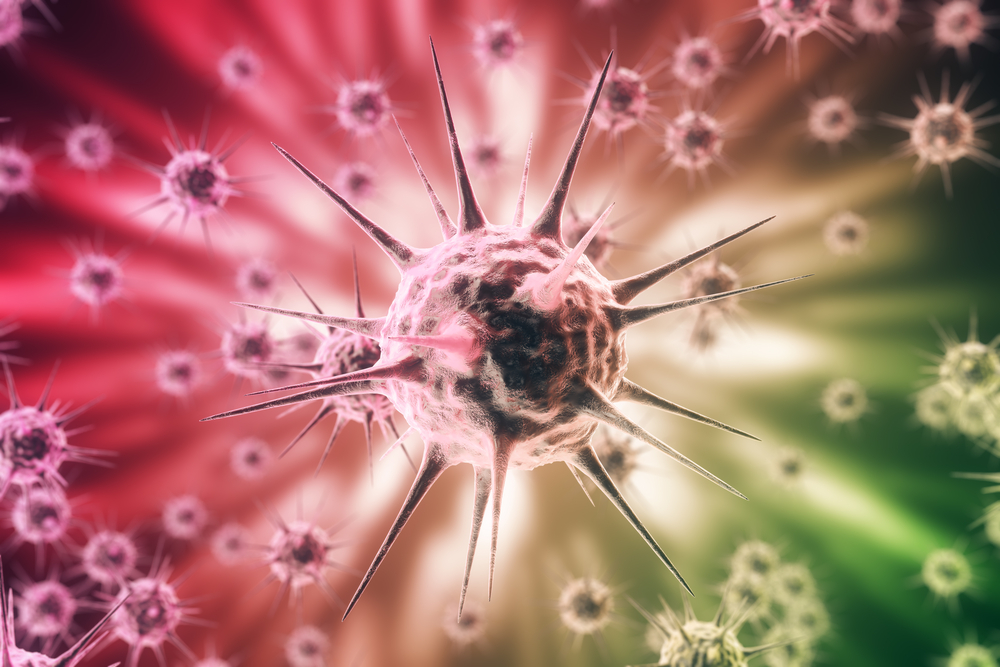
Gilead Sciences announced data from a Phase 2 study evaluating the efficacy, safety and tolerability of a combination of bictegravir (75 mg) (BIC) and emtricitabine/tenofovir alafenamide (200/25 mg) (FTC/TAF) versus dolutegravir (50 mg) (DTG) and emtricitabine/tenofovir alafenamide (200/25 mg) (FTC/TAF) in treatment naïve, HIV-1 infected adults. Results found that the BIC+FTC/TAF and DTG+FTC/TAF regimens both demonstrated high virologic response rates at Week 24 and Week 48. Bictegravir is a novel investigational once-daily integrase strand transfer inhibitor (INSTI) that is currently in Phase 3 trials as part of a single tablet regimen in combination with FTC/TAF for the treatment of HIV (bictegravir 50 mg/emtricitabine 200 mg/tenofovir alafenamide 25 mg). The data are being presented in an oral session (Session O-4) at the 2017 Conference on Retroviruses and Opportunistic Infections (CROI) in Seattle.
“The high virologic response rates seen in this study show that the pairing of bictegravir with FTC/TAF could potentially offer patients and physicians a new HIV treatment option with pre-clinical data supporting few drug interactions and a high barrier to resistance,” said Paul Sax, MD, Clinical Director of Infectious Diseases at Brigham and Women’s Hospital, Professor of Medicine at Harvard Medical Schooland the lead study investigator.
In the study, 98 treatment naïve, HIV-infected adults were randomized 2:1 in a blinded fashion to receive either BIC+FTC/TAF (n=65) or DTG+FTC/TAF (n=33). The once-daily treatments were administered without regard for food for 48 weeks. At Week 24, 97 percent (n=63/65) of patients taking BIC+FTC/TAF and 94 percent (n=31/33; 95 percent CI: -8.5 percent to 14.2 percent, p=0.50) of patients taking DTG+FTC/TAF achieved HIV-1 RNA levels less than 50 copies/mL. At Week 48, 97 percent (n=63/65) of patients taking BIC+FTC/TAF and 91 percent (n=30/33; 95 percent CI: -6.0 percent to 18.8 percent, p=0.17) of patients taking DTG+FTC/TAF achieved HIV-1 RNA levels less than 50 copies/mL. No viral resistance was detected in the BIC+FTC/TAF arm. Mean CD4 count increases at Week 48 were 258 cells/µL in the BIC+FTC/TAF arm and 192 cells/µL in the DTG+FTC/TAF arm. One subject in the BIC+FTC/TAF arm discontinued due to an adverse event of urticaria following the Week 24 visit. Median changes in estimated glomerular filtration by Cockcroft-Gault (GFRCG) at Week 48 were -7.0 mL/min for BIC+FTC/TAF and -11.3 mL/min for DTG+FTC/TAF, with no discontinuations due to renal adverse events. There were no treatment-related serious adverse events and no deaths in either arm, and the most commonly reported adverse events were diarrhea and nausea.
“We are pleased with these positive Phase 2 data, which we believe demonstrate that bictegravir in combination with the FTC/TAF backbone potentially represents a potent new treatment option and an important evolution in HIV therapy,” said Norbert Bischofberger, PhD, Executive Vice President, Research and Development and Chief Scientific Officer, Gilead Sciences. “Based on the data observed in this study, we rapidly advanced the combination of bictegravir and FTC/TAF into four Phase 3 clinical trials. The studies are fully enrolled and we look forward to the availability of these data later this year.”
Bictegravir, including in combination with FTC/TAF as a single tablet regimen, is an investigational treatment that has not been determined to be safe or efficacious.
Filed Under: Drug Discovery



